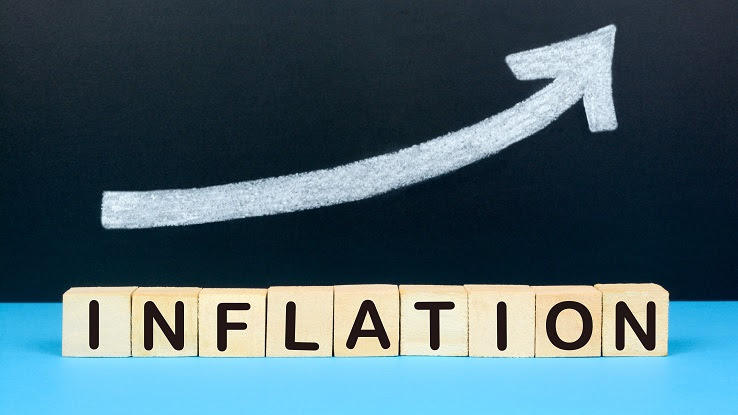
Inflation is something that affects our economy at a constant. While the word “inflation” may set off some alarm bells, moderate inflation is not only common but is healthy in the long-term financial maintenance of an economy. Moderate inflation helps to regulate wages, keeps prices stable, and aids economic growth…yet severe spikes in inflation can harm consumers, businesses, and production. What is inflation? What makes it so important in our economy? What are its pros and cons? And how can you calculate the yearly inflation rate?
What Is Inflation Rate?
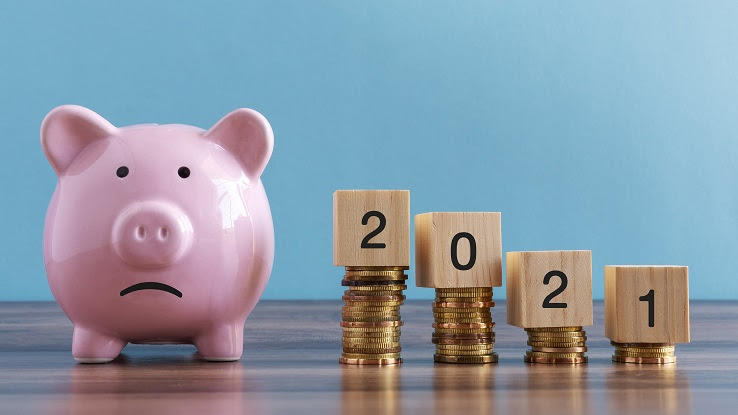
A country’s inflation rate is the observable rate of inflation across the course of a year. To demonstrate, a 2% inflation rate would mean that something that costs $50 a year before would cost $51 the next year. A country’s inflation rate is one of the
biggest indicators of whether or not an economy is healthy or struggling. A healthy economy typically hovers around 2% inflation; anything more can suggest a dangerous spike in inflation. Countries that are susceptible to high inflation rates typically have economies on the verge of collapse. As such, observing and regulating the inflation rate is crucial to maintaining a stable economic system.
Why Do We Have Inflation?
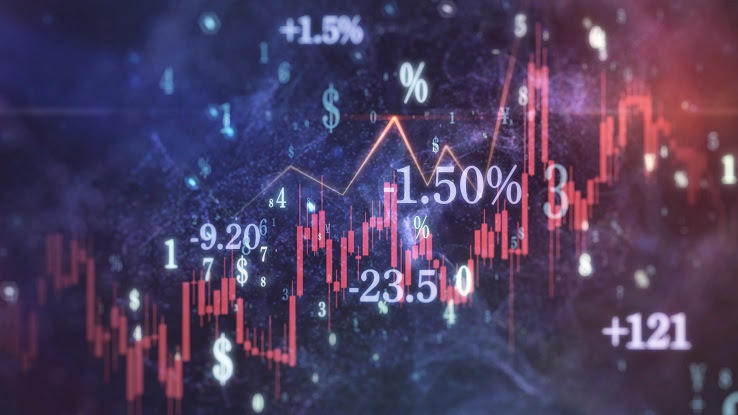
Inflation is a natural part of all healthy economies. Still, why does it occur? Typically, inflation occurs when the cost of producing something increases, increasing the price of a product or service. If wages for workers go up or if production costs rise, this contributes to inflation. Inflation can also occur when there is more money in the hands of consumers, as the over-buying of a product can make it scarce, forcing a rise in prices to control the buying rate. When an economy is healthy, this inflation should be minimal, raising no more than approximately 2% each year.
Why Is Inflation Important?
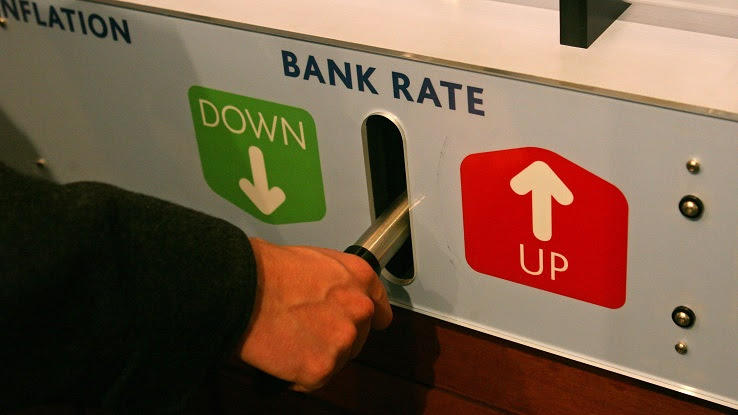
Although hyperinflation can destroy an economy, inflation plays a central part in the health of our economy. On one hand, inflation that is too elevated can lead to the degradation of an economy. However, moderate inflation has benefits, as it works to stabilize the economy, increase production, and establish fair wages.
Inflation Pros
While deflation can be very damaging to the economy (decreased consumer spending/decreased economic growth), inflation, when applied moderately, can actually aid economic growth. Deflation can lead to an economic recession, while moderate inflation signals that an economy is growing and healthy. Moderate inflation also allows for wages to adjust, allowing companies to suspend rising pay for workers with lower productivity. Inflation can also help increase production in the case that there is unused labor/resources.
Inflation Cons
While inflation can signal a healthy economy, it can also cause uncertainty in investors, leading to less investment. Lower investment leads to less economic stimulation, potentially weakening an economy over time. When inflation is too high, it can lead to a decrease in economic growth, fewer exports, and a decline in average income. This harms both businesses and consumers in the process. Additionally, when inflation gets out of hand, it can completely derail a country’s economic
stability. Devastating instances of hyperinflation could lead to prices becoming so high that they eliminate the savings of the middle class, redistributing wealth solely into the hands of the ultra-rich.
How Does Inflation Work?

The rising costs associated with inflation are typically caused by two factors: demand-pull and cost-push. Demand-pull occurs when consumer demand for a product or service leads to an increase in prices. Cost-push is generated when the costs associated with the production of goods rise, forcing companies to raise the prices of their products to make up for lost costs.
One common situation that causes demand-pull inflation is an increase in money supply and/or disposable income. More money means more spending. This contributes to greater consumer demand for products, leading to the sort of product shortages that causes prices to inflate. This correlates with an increase in consumer spending, which also leads to inflation. This sort of inflation typically balances back out after a period of time, as high-cost products are not typically sustainable for businesses in the long term.
Cost-push inflation stems from increases in production costs. Companies raise their prices when the cost of running their company goes up, such as a need for higher wages or an increase in the cost of production materials. For instance, the lumber shortage of 2021 and the corresponding rise in the cost of lumber (3x cost of 2020) led to the inflation of home construction costs by nearly 5%. Additionally, if employees feel they are being paid unfairly and demand an increase in wages, that can lead to a slight uptick in the overall cost of the products that are produced by a given company.
How to Calculate Inflation Rate
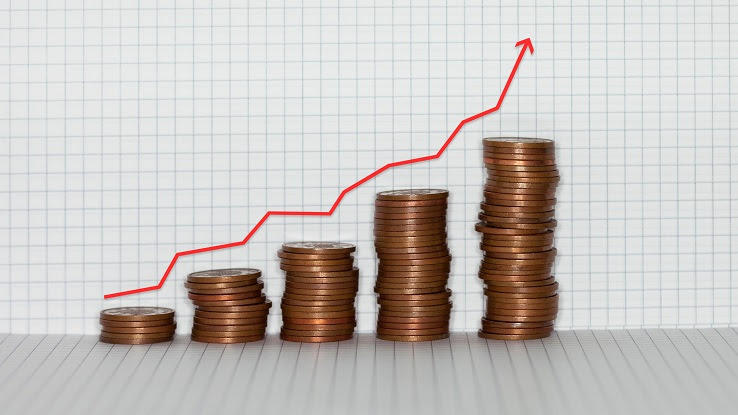
Inflation measures the uptick in the cost of products and/or services in an economy. Calculating the inflation rate depends on the comparative values of the gross domestic product (GDP) as they’ve changed across a previous period of time. The GDP deflator is used to measure how the price index has changed across the prior year. The deflator divides nominal GDP (current price) by the real GDP (price without inflation). The resulting number is what can be used to determine the inflation (or deflation) of a singular economy.
Inflation Rate Formula Example
There are two simple ways that you can figure out the inflation rate. The first involves the GDP. You will need to identify the nominal GDP and the real GDP, which are posted yearly by each country. You will then need to calculate the GDP deflator value of the current/questioning year and the previous year. You can find this by dividing the nominal GDP by the real GDP, then multiplying this value by 100. Once you have the GDP deflator for the current year and the prior year, you will subtract the GDP deflator of the prior year from the GDP deflator of the current year, then divide this value by the GDP of the prior year. This will get you the inflation rate between those two years in percentage form. You can compare this against the Consumer Price Index, which, in most countries, is commonly used to calculate inflation rates. That said, you can also use the CPI to calculate the inflation rate. You take the current CPI and the initial CPI, then divide it by the initial CPI, then multiply it by 100.
GDP Deflator Inflation rate
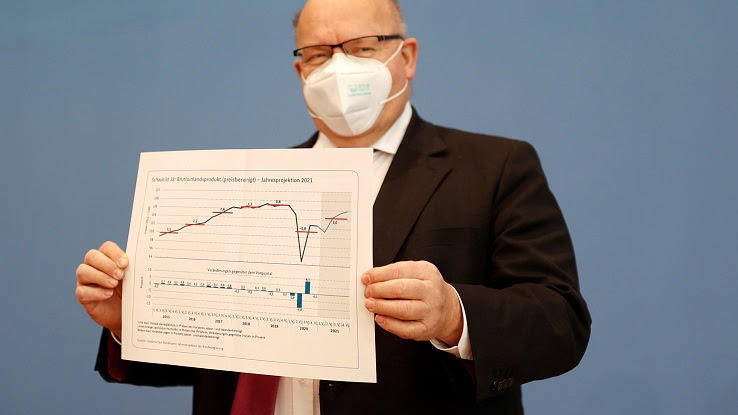
GDP deflators are a significant part of a country’s yearly economic report. The GDP deflators are most often common knowledge, as they are reported by every country’s government once-yearly. These values essentially mirror the GDP price index, yet the GDP deflators are calculated differently than the CPI. Still, if the GDP deflator values are not readily available, you can also use the previously stated formula to calculate the GDP deflators of a specific country (dividing the nominal GDP and the real GDP).





